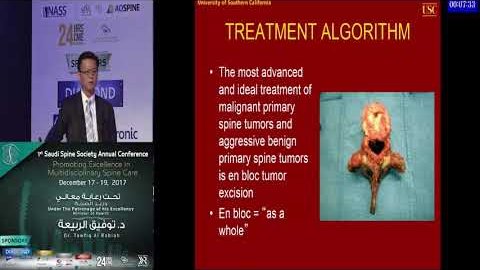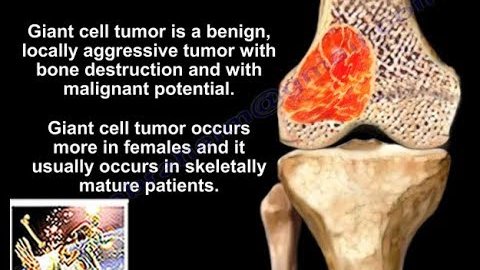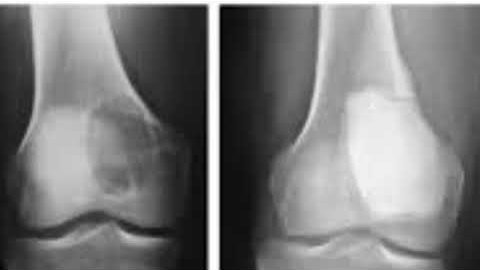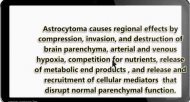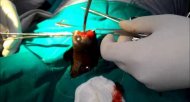ACE PG Concept Bridge (CB) 003
Central nervous system (CNS) tumors include both non-malignant and malignant tumors of the brain and spinal cord. Primary malignant CNS tumors are the second most common childhood malignancies, after hematological malignancies, and are the most common pediatric solid organ tumor.Although progress has been made in the treatment of childhood tumors, significant mortality and morbidity are still associated with malignant brain tumors.In children, primary CNS tumors predominate, and about half are located in the posterior fossa In contrast, most CNS tumors in adults are metastatic lesions to the cerebral cortex. These differences translate to differences in clinical presentation between pediatric and adult malignant CNS tumors.Tumors of neuroepithelial tissue (incidence: 3.4 per 100,000 person-years) are also referred to as gliomas, which are tumors derived from glial cells (ie, astrocytes, oligodendrocytes, and ependymal cells). These tumors account for almost 75 percent of all primary childhood CNS tumors, and includeAstrocytic tumors.Embryonal CNS tumorsCNS primitive neuroectodermal tumors (PNETs), and atypical teratoid rhabdoid tumors. Although these tumors have been classified as primitive neuroectodermal tumors based upon the theory that they share a common progenitor cell, there is cytogenetic and molecular evidence that suggests medulloblastoma is a separate and distinct histologic entityMedulloblastoma is the most common malignant brain tumor of childhood, accounting for approximately 20 percent of all primary tumors of the central nervous system among patients less than 19 years of agefollowing were the most common symptoms and their frequency:
Headache (33 percent)
Nausea and vomiting (32 percent)
Abnormal gait or coordination (27 percent)
Papilledema (13 percent)
Seizures (13 percent)
Unspecified symptoms and signs of ICP (10 percent)
Squint (7 percent)
Change in behavior or school performance (7 percent)
Macrocephaly (7 percent)
Cranial nerve palsies (7 percent)
Lethargy (6 percent)
Abnormal eye movements (6 percent)
Hemiplegia (6 percent)
Weight loss (5 percent)
Unspecified visual or eye abnormalities (5 percent)
Altered level of consciousness (5 percent)




